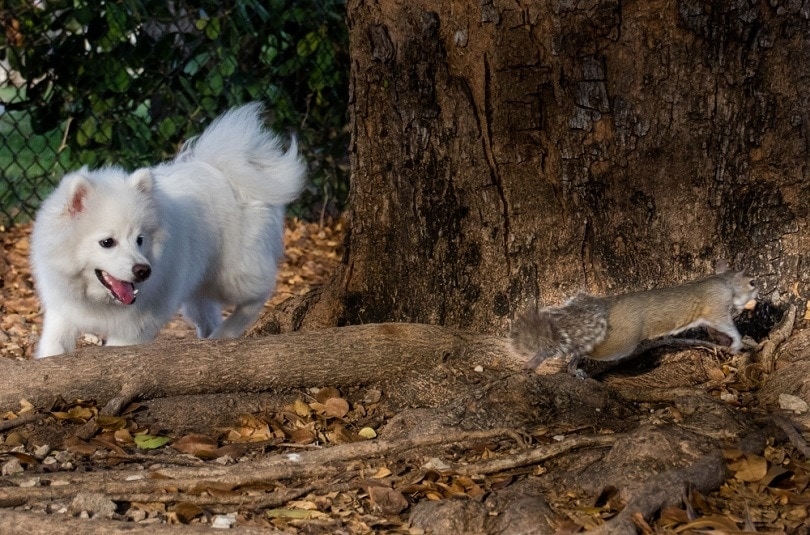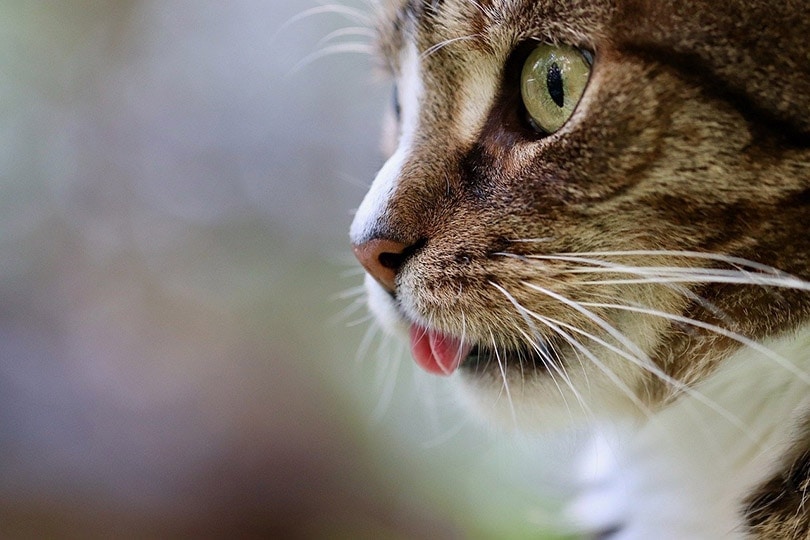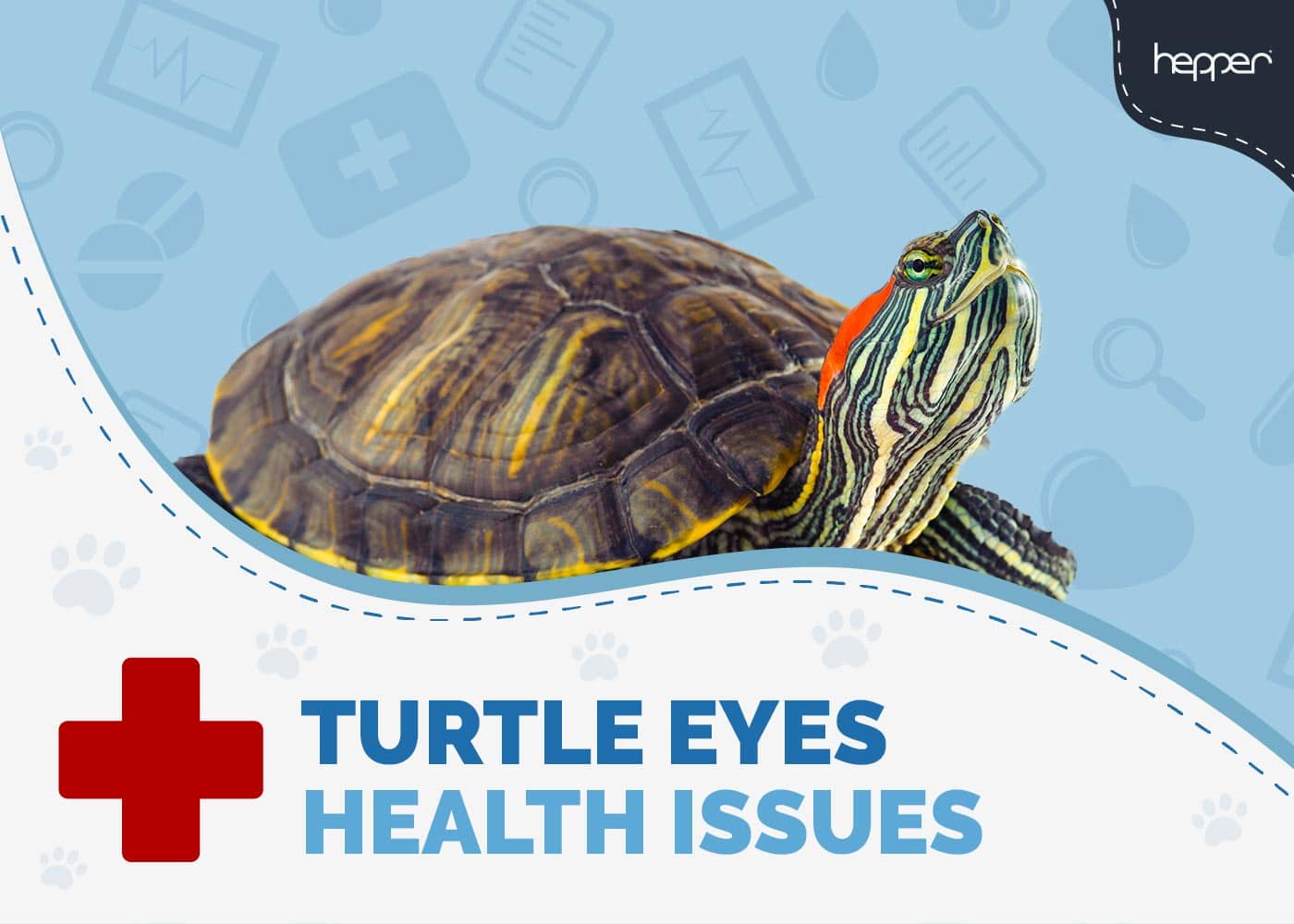Do Cats Feel Pain In Their Whiskers? Our Vet Explains

Updated on
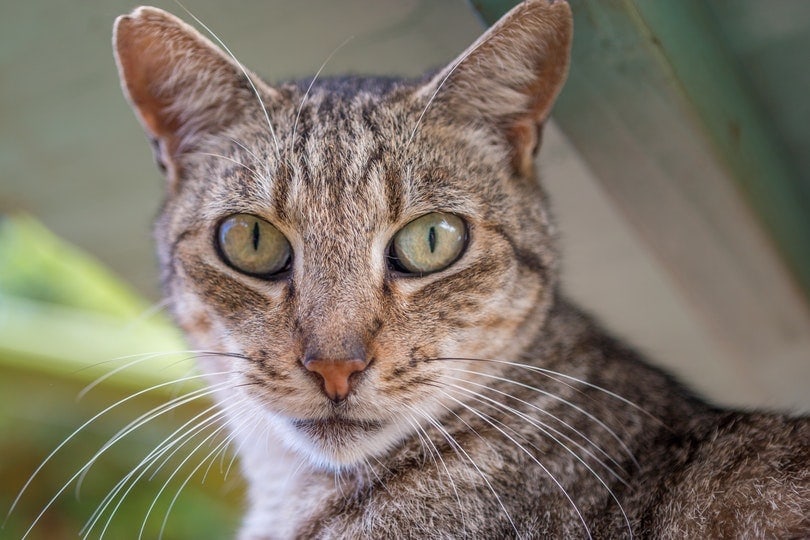
Despite being referred to as “sensory tactile hairs,” whiskers themselves don’t actually feel anything.
Just like the hair on our heads, whiskers are made up of keratin and do not contain nerves.1 Cats, therefore, do not feel pain in their whiskers. If you had to cut a cat’s whiskers, the sensation would be similar to having one’s hair trimmed. Plucking a whisker would, however, cause pain, as the hair follicle at the base of a whisker is packed with nerve endings.
A cat’s whiskers shouldn’t be cut or plucked. These special hairs serve an important purpose beyond merely enhancing a cat’s natural beauty.
What Purpose Do a Cat’s Whiskers Serve?
Whiskers are a special kind of hair that is longer and thicker than the other hairs covering a cat’s body. There are clusters of nerve endings in the follicles at the base of each whisker. In addition to having whiskers on their upper lips, cats also have whiskers above their eyes, chins, and at the back of their forelimbs. These special hairs are an essential part of a cat’s anatomy.
Whiskers vibrate with changes in airflow in a cat’s surroundings, or when they brush up against nearby objects, giving rise to their scientific name “vibrissae,” which comes from the Latin word vibrio meaning “to vibrate”.
When a cat’s whiskers vibrate from changes in airflow in the environment, the nerves in the hair follicle are stimulated. The nerves transmit information to the brain where it is processed, thus helping a cat to navigate its environment. In this way, cats are also able to sense that someone or something is approaching, making them more efficient hunters and helping them to evade predators.
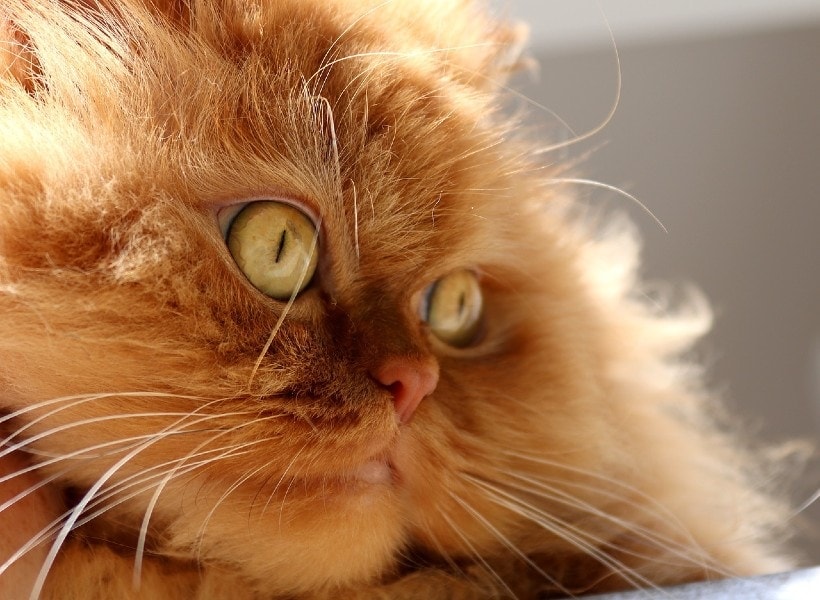
Other Purposes of Cat Whiskers
Whiskers also help a cat compensate for its poor short-distance vision. A cat’s eyes are unable to accurately focus on an object less than 10 inches away, so a cat relies on its whiskers to aid in its close-range perception. Whiskers are generally as wide as a cat’s body and help a cat determine whether it can fit through a narrow gap, although this is not always true for overweight cats.
According to The Guinness World Records, the record for the longest whisker on a cat measured 7.5 inches and belonged to a Maine coon cat from Finland named Missi.
Whiskers also provide insight into a cat’s mood along with other visual clues such as body posture, tail position, expression, and pupil size. When a cat is highly alert, like when it is hunting, the whiskers will be fanned out and point forward in front of the face. When a cat feels nervous or threatened, it will flatten its whiskers against the side of the face in an attempt to make itself small. A relaxed cat’s whiskers point directly out to the sides.
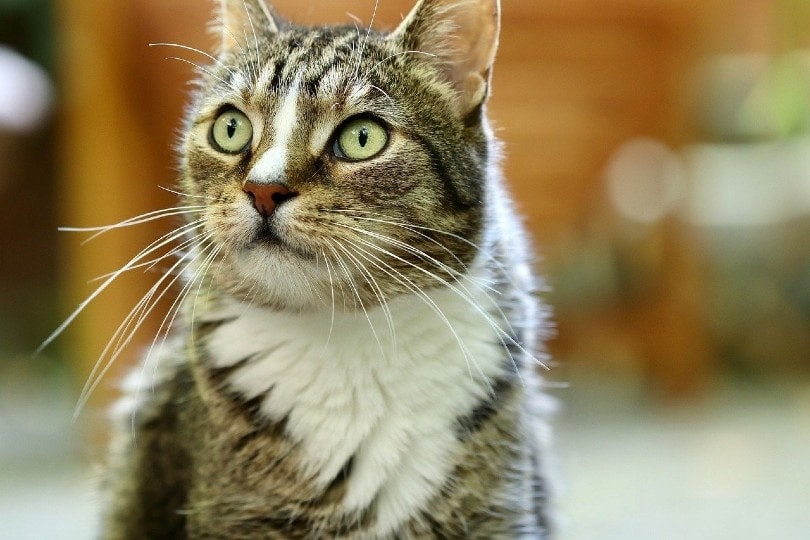
Conclusion
A whisker itself does not feel pain but these special hairs do provide sensory input. If a cat’s whiskers were to be cut, it wouldn’t hurt but it would deprive the cat of important sensory information necessary to navigate its environment which may cause the cat to become disoriented. For this reason, a cat’s whiskers should not be trimmed.
The only time that the whiskers should be trimmed is if it is deemed necessary by a veterinarian. For example, if a cat is suffering from a bacterial or fungal infection of the follicles of the whiskers, the whiskers, and surrounding hair may need to be trimmed in order to effectively treat the affected area. This procedure should only be performed by a veterinarian, with appropriate pain control and sedation.
Featured Image Credit: Moriah Diamond, Pexels



